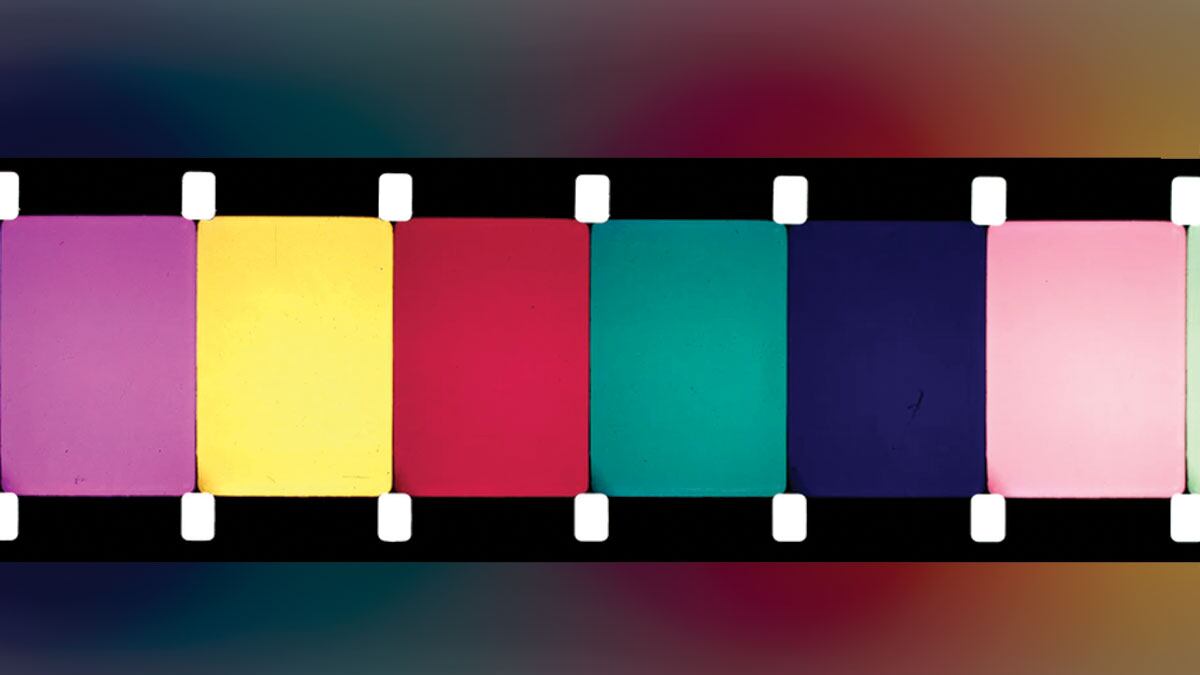Cinema Project, Portland's beloved avant-garde film collective, has been active since 2004, screening 10 to 14 programs of experimental cinema each year in each film's original format. At the end of February, though, the nonprofit will cease its regular programming.
Ferm is excited, though, to share Cinema Project's newest program, Interaction of Formats: Color in Film and Video, which is co-presented by NW Film Center. This two-night program will feature films that highlight the relativity of color at work in film.
The program's name and concept are drawn from Interaction of Color, an educational text by German-born American abstract artist Josef Albers in which he places monochromatic papers atop and beside each other in various configurations. This, says Ferm, is to train artists' eyes to "the very specific gradations between colors" as well as "how colors might look like they're jumping out or sinking down, depending on what other colors they're interacting with."
The piece in this program most directly responsive to Interaction of Color is Color Aid, a short film by Richard Serra, who was a student of Albers'. The film shows Serra with a stack of color cards modeled after Albers', "and he's moving them out of the way in a rhythmic and performative dance with his hands and fingers," says Ferm.
Color Aid is very rarely shown; in fact, Margaret Honda, whose 35 mm feature-length film Color Correction screened Dec. 13, requested a private screening of Color Aid for this reason.
"I'm very happy that I can accommodate her with that," says Ferm, who, with the help of other Cinema Project members and in particular her colleague Morgen Ruff at NW Film Center, was Interaction of Formats' primary curator.

